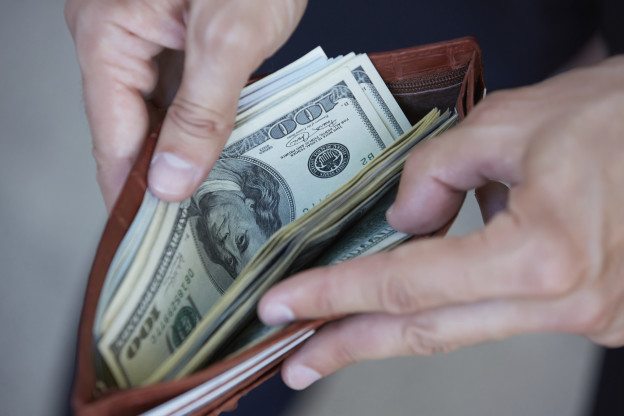They say that your education prepares for the real world. If that’s true, then why do they fail to often teach us the basics of managing our finances? If you feel the same, these 12 personal finance facts might be useful.
Banking Basics
1. A routing number is the nine-digit code found on the left-hand side of your check and it identifies the bank where your account is held. Your account number is the second set of numbers following the routing number.
2. Packing a lunch just twice a week instead of spending $10 at the local deli can save you $1,000+ a year. Brewing your own coffee instead of buying it can save you $30-50 a month.
3. People spend 12-18% more when using credit cards than when using cash, so try to stick with cash to curb unnecessary spending.
4. A checking account is not the same as a savings account. Since a checking account does not accrue interest like a savings account does, only use it to house the minimum dollar amount you need to cover day-to-day expenses (and transfer additional cash from your savings account as-needed).
5. Requesting your credit report once a year yourself does not have a negative effect on your credit score, although too many third parties checking it may (so be careful applying for multiple credit cards or loans). A good credit score is above 700.
Credit Cards
6. Over 50% of Millennials do not know what interest rate they are paying on their credit cards. Credit card debt can cost consumers $2,630 per year in interest, assuming an average annual rate of 18%. Avoid these unnecessary costs by paying your credit card bill in full and on time each month.
7. Not paying your credit card bill on time can result in late fees of up to $35 and can negatively affect your interest rate and credit score. Thirty-three percent of college students have made a late payment on a credit card.
8. Paying the minimum required on a credit card will get you nowhere. For example, if you have a $2,000 credit card balance with an 18% annual interest rate, it would take 30 years to pay off the debt paying the minimum of 2% of the balance. You would also end up paying almost $5,000 in interest and charges.
Investing
9. Don’t miss out on the magic of compound interest: the interest you earn on your interest, which continues to grow (or “compound”) year after year. For example, a retirement account worth $10,000 now, growing at 8% annually, will be worth over $46,600 in 20 years.
10. Historically, stocks provide a 10% rate of return over time, which is significantly more than the average percentage earned on a savings account. If you have money that you are saving for the long term, you may want to explore investment options.
11. The “Rule of 72” can help determine how long it will take for you to double your initial investment at any rate of return.
Just divide 72 by the expected rate of return to get the estimated number of years it will take to double the original amount.
12. If you make money on an investment, you are only required to pay taxes on the capital gains (or the extra money earned), not the original amount you invested.








